What Is a Reverse Mortgage?
How Does a Reverse Mortgage Work?
A reverse mortgage is a type of loan that a homeowner who has a significant amount of equity can get. If you have enough equity in your home and need money for something else, you can take out this equity as a loan.
There are many reverse mortgage pros and cons depending on your financial situation and the reverse mortgage rates, so make sure to talk to an expert before committing to a reverse mortgage.
Requirements for a Reverse Mortgage
Reverse mortgages have very specific requirements for both the home and the borrower. Your home needs to be built after June 15, 1976, and you can not own in a cooperative housing situation since you do not technically own the home.
The borrower usually needs at least 50% equity based on the home’s current value to qualify for a reverse mortgage. Additionally, to qualify for a reverse mortgage, you must be at least 262 years old and pay several origination fees for the reverse mortgage. You will also need to get a HUD counseling session to review reverse mortgage pros and cons.
Types of Reverse Mortgages
There are several different options when it comes to reverse mortgages, which are listed below. You can also use a reverse mortgage to buy a different house, which is known as a HECM for purchase.
Lump Sum Reverse Mortgage
As the name implies, with a lump sum reverse mortgage, you receive all of the proceeds as one lump sum after the loan closes. This type of reverse mortgage has a fixed interest rate, while all of the other kinds have adjustable interest rates.
Line of Credit Reverse Mortgage
With a line of credit reverse mortgage, your funds are available to borrow as needed with a line of credit, and you only pay interest on the amount that you borrow.
Annuity Reverse Mortgage
Annuity reverse mortgages are also called equal monthly payment reverse mortgages. As the name implies, you receive equal monthly payments for as long as you live in the home. Sometimes, this is known as a tenure plan.
You can also have a reverse mortgage where you receive equal monthly payments, plus you receive a line of credit. This way, you will continue to receive study payments, but you can also borrow from your line of credit if you need it.
Term Payment Reverse Mortgage
A term payment reverse mortgage is similar to an annuity reverse mortgage, but instead of the term being the length of time you live in the house, the term is a set number of years, such as ten years.
Term payment reverse mortgages have similar options to annuity reverse mortgages, in that you can also add a line of credit option to this type of reverse mortgage.
A reverse mortgage is a type of loan that a person who has a significant amount of equity in their home can borrow.

Free Home Value





